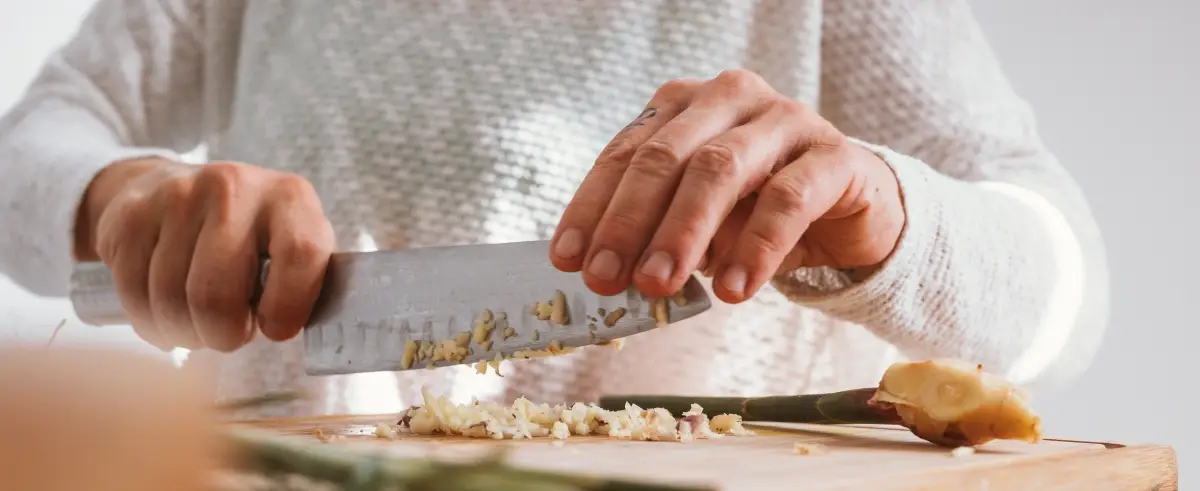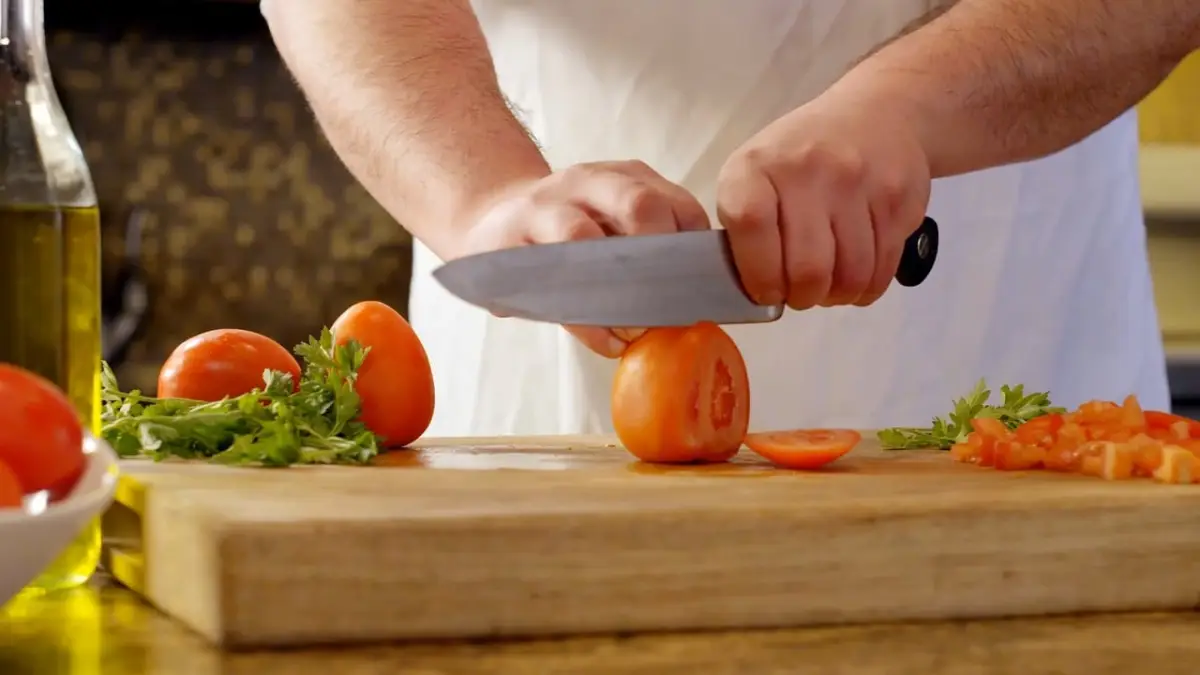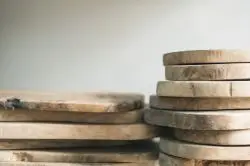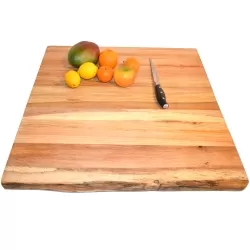The best chopping boards for your knife

Some of us like to impress our guests by using the most expensive knives when we cook for them. In order to have the best knives in the kitchens, we do deep research all over the internet and order them to come to us from the other side of the planet where the workshop of the best craftsman who produces knives is located.
After we receive the knives, we take care of them and clean them and keep them in the most special places, but with all this we forget that if we really want to protect them, the most important thing after choosing a knife is to choose the chopping board and especially the material from which it is made and with which our knife will come into contact when we use it
That's why if you want to protect your knife and not have to sharpen it after each use, you should carefully choose your chopping board according to the material from which it is made.
Our study shows that Oak wood is the best wood from which a chopping board is made, taking into account all the important factors in making a chopping board and protecting the knives in the long term.
Top best chopping board materials for knives
Starting from the worst materials and reaching the best, I have chosen 5 materials that are used in making chopping boards.
In most cases, we took into account how the materials from which the chopping board is made are the life of the knives, but for those that are dangerous for health (such as Plastic or Rubber or Composite Materials), we deducted points for the fact that our health is the most important factor.

Glass or Stone
While glass and stone cutting boards are easy to clean and can be attractive, they are not the best choice for your knives. They are too hard and can quickly dull knife blades.
Rubber or Composite Materials
Some chopping boards are made from rubber or composite materials designed to be gentle on knife edges while still being easy to clean. These materials can provide a good balance between knife preservation and convenience.
We do not recommend the use of chopping boards made of Rubber or Composite Materials or any other products for the kitchen, because these materials are harmful to health if they reach the body.
Plastic
Plastic cutting boards are affordable, lightweight, and easy to clean. They are available in various colors to help prevent cross-contamination. However, hard plastic boards can be tough on knife edges over time, potentially causing them to dull more quickly than wood or bamboo
We do not recommend the use of chopping boards made of plastic or any other products for the kitchen made of plastic, because plastic materials are harmful to health if they reach the body.
Bamboo
Bamboo chopping boards are close to wooden ones in terms of knife-friendliness and antimicrobial properties. Bamboo is a sustainable and eco-friendly option because it grows quickly.
However, unfortunately, for making bamboo chopping boards, a large amount of chemicals are used for gluing them, which are less demanding for human health.
When it comes to chopping board knives made of bamboo, they have a very strong fiber that, together with the resin in them, make them behave like a chopping board made of stone or glass, affecting the blade of the knife quite quickly.
Wood
Wooden chopping boards, such as those made from stejar, fag, maple, walnut, or cherry, are a classic choice. They are gentle on knife blades, which helps maintain sharpness.
Wood also has natural antimicrobial properties, which can inhibit the growth of bacteria. It's essential to regularly oil and maintain wooden boards to prevent cracking and warping.
Conclusion
When choosing a chopping board, in addition to protecting the knives, there are many factors that could be taken into account, such as resistance over time, the amount of water needed for washing, the hunting price...
Personally, I think that with all these factors, the most important factor is health.







